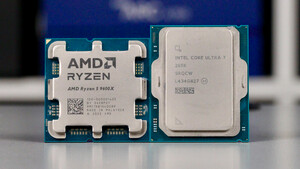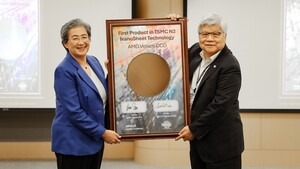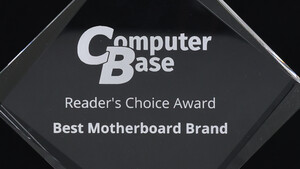Due to the seamless integration of the on-die system management unit (SMU, similar in functionality to PMU on Intel) there are quite many differences compared to the previous AMD desktop microarchitectures when it comes to overclocking.
At stock, Ryzen has all of the power management features enabled and the SMU runs the whole operation and is in charge for everything. These power management features enthalten various power, aktuelle and thermal limiters, voltage controllers and power gating features.
All of these can be completely ignored, if you have no plans to overclock the CPU.
For overclocking purposes the engineers at AMD have included a special mode (the "OC Mode"), which will disable all of the limiters, voltage controllers and protections (except the CPU thermal protection) upon the activation.
The "OC Mode" is automatically activated when the user raises the base frequency (P0 PState) of the CPU. The SMU indicates the activation of the "OC Mode" by sending "0C" code to the diagnostic display (Port 80) of the motherboard.
Understanding the different CPU frequency states (PStates), their voltages and especially the actual effective voltage is harder than ever before with Zeppelin. Unlike with the older designs (15h family) the boosted PStates (Turbo & XFR) are completely invisible.
Due to that fact, they are officially called as "Shadow PStates". This means that unlike with the previous designs these PStates are not defined in the standard MSR registers and cannot be modified (or be seen) by the user. The only way the user can even verify their presence is to see them actually firing (i.e. from the actual effective frequency & voltage).
Understanding the voltages specified for the standard PStates can be confusing as well. That's because in the normal operating mode (i.e. "non-OC") the SMU controls the voltages automatically through the voltage controllers.
For example, the P0 PState might specify 1.37500V voltage, while the actual effective voltage during the residency in this state is 1.26250V or slightly higher. This is not a glitch, but the normal operation of the CPU. Basically, the voltage specified in the MSR is just the upper limit and the SMU will automatically add a dynamic negative offset to this value, reducing the actual effective voltage. The amount of the negative offset varies depending on load and the temperature. For the tested sample the offsets were -120mV & -144mV for the two highest base PStates (3.6 & 3.2GHz).
When the "OC Mode" is activated the SMU will disable the voltage controllers, which among other things disables the automatic voltage offsets. This can create an illusion that the power consumption is heavily increasing due to the use of "OC Mode". While technically it is accurate, it is more of a consequence than the actual reason. A vast majority of the increased power consumption comes from the now disabled automatic negative voltage offsets, which causes the actual CPU voltage to increase anything between 50 and 150mV. Because of this behavior, it is advised that the user doesn't increase the CPU voltage right away (when overclocking), but only upon actual demand (as usual).
One of the major down sides of the "OC-Mode" is that upon activation both Turbo and XFR will be disabled as well. Basically, this means that unless you are able to reach at least the default MSCF / XFR frequency on all cores, then you will essentially be losing single threaded performance compared to stock configuration.








